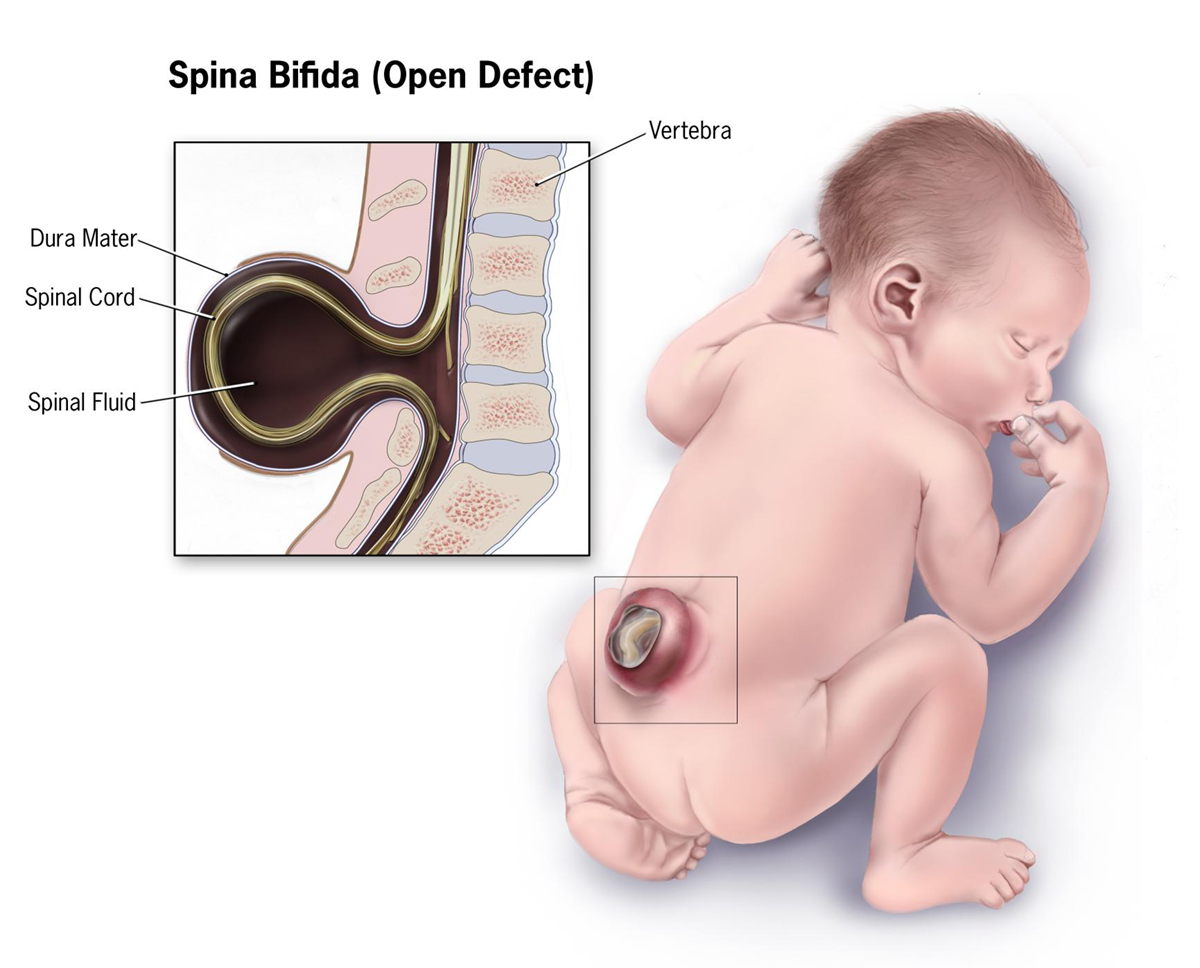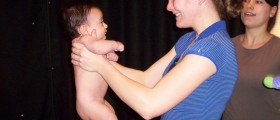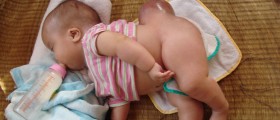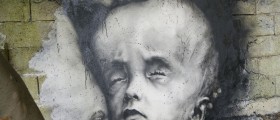
Spina Bifida
Spina bifida belongs to a group of birth defects and it is connected to developmental defects of the neural tube. The neural tube is a specific embryonic structure which during intrauterine development turns into the brain and spinal cord. In babies who are suffering from spina bifida the development of these structures is inappropriate and this results in defects in the spinal cord and the vertebral column. This condition varies in severity and the symptoms range from mild to rather serious.
Characteristics and Forms of Spina Bifida
There are three forms of spina bifida, spina bifida oculta, meningocele and myelomeningocele.
Spina bifida oculta represents the mildest form of the disease. It features with small disconnection of one or more vertebrae. In this form of the disease spinal nerves are not affected so children who have spina bifida oculta suffer from no neurological signs of the disease. Spina bifida oculta can feature with an abnormal tuft hair, accumulation of fat, a small dimple or a birthmark which are located right above the spinal defect. Because the disease is most commonly asymptomatic it can be only registered accidentally during X-ray or other imaging methods performed in other purposes.
In meningocele meninges which surround the spinal cord protrude through the defect of the spinal cord. This form of spina bifida can be treated surgically. The procedure includes reposition of the meninges into the spinal canal and closure of the defect.
Myelomeningocele is the most serious form of the disease. There is huge opening of the vertebral column. The defect commonly affects lower or middle part of the back. The opening allows protrusion of both, meninges and spinal cord. Exposure of the nerves can lead to their damage and exposure of the spinal cord increases the chance of infections. This form of disease is commonly accompanied by neurological problems and some patients even develop paralysis.
Spina Bifida Life Expectancy
Numerous studies have tried to establish life expectancy connected to spina bifida. Since, today there are numerous medical solutions and treatments even patients suffering from the most severe form of spina bifida- myelomeningocele can live up to certain age. Patients with mild forms of the disease live normal lives without any significant problems.
As it has been said before, patients suffering from spina bifida oculta may not even know they have the disease. The second group of patients who are suffering from meningocele continue living normally after the surgery. The third group of patients, those suffering from myelomenignocele, is the most endangered one. Patients from this group may die during the first year of their lives due to infections and additional complications of the disease. Still even those who survive can live up to certain age with proper care and treatment.
















-And-Multiple-Sclerosis-Differences-And-Similarities_f_280x120.jpg)
Your thoughts on this
Loading...